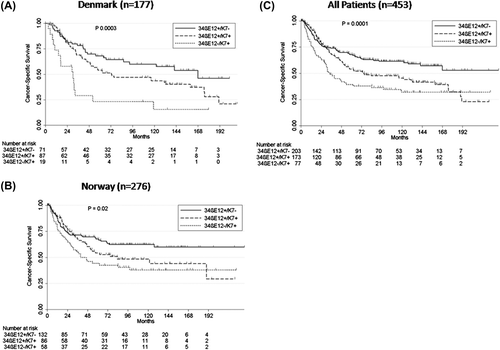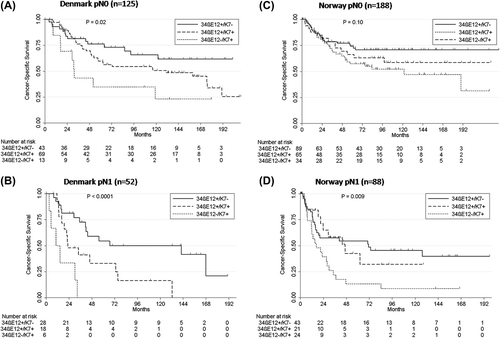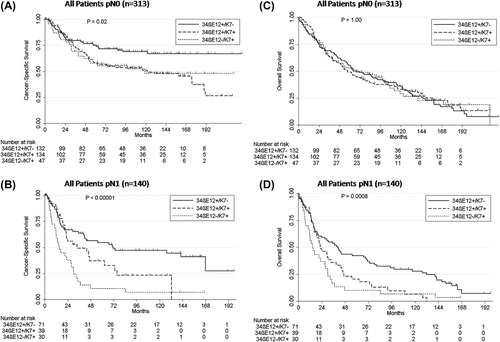Figures & data

Table I. Patient demographics and prognostic covariates and cancer-specific survival by univariate log-rank test.


Table II. Results of multiple cox regression analysis and association with significant prognostic factors and cancer-specific survival.

